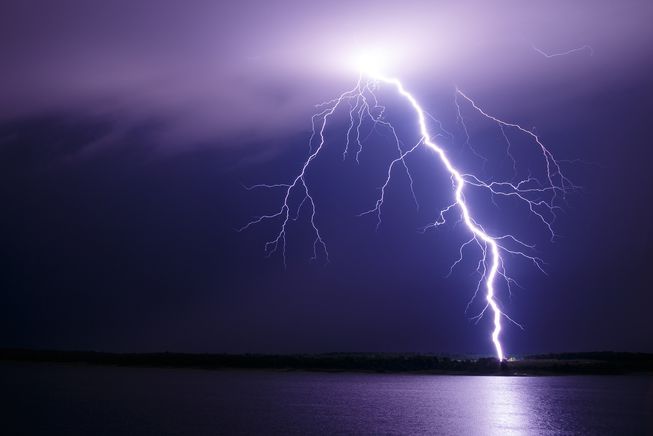MARCH 2019
thunderstorms
Citizen Science Education Program (Central) Contact Us
Medford Memorial Middle School Disclaimer
55 Mill Street
Medford, NJ 08055 USA
Medford Memorial Middle School Disclaimer
55 Mill Street
Medford, NJ 08055 USA







